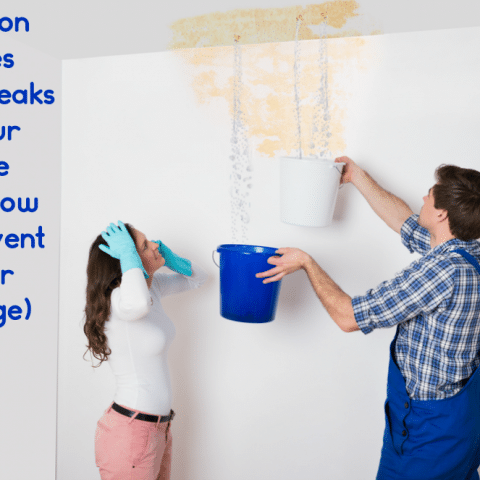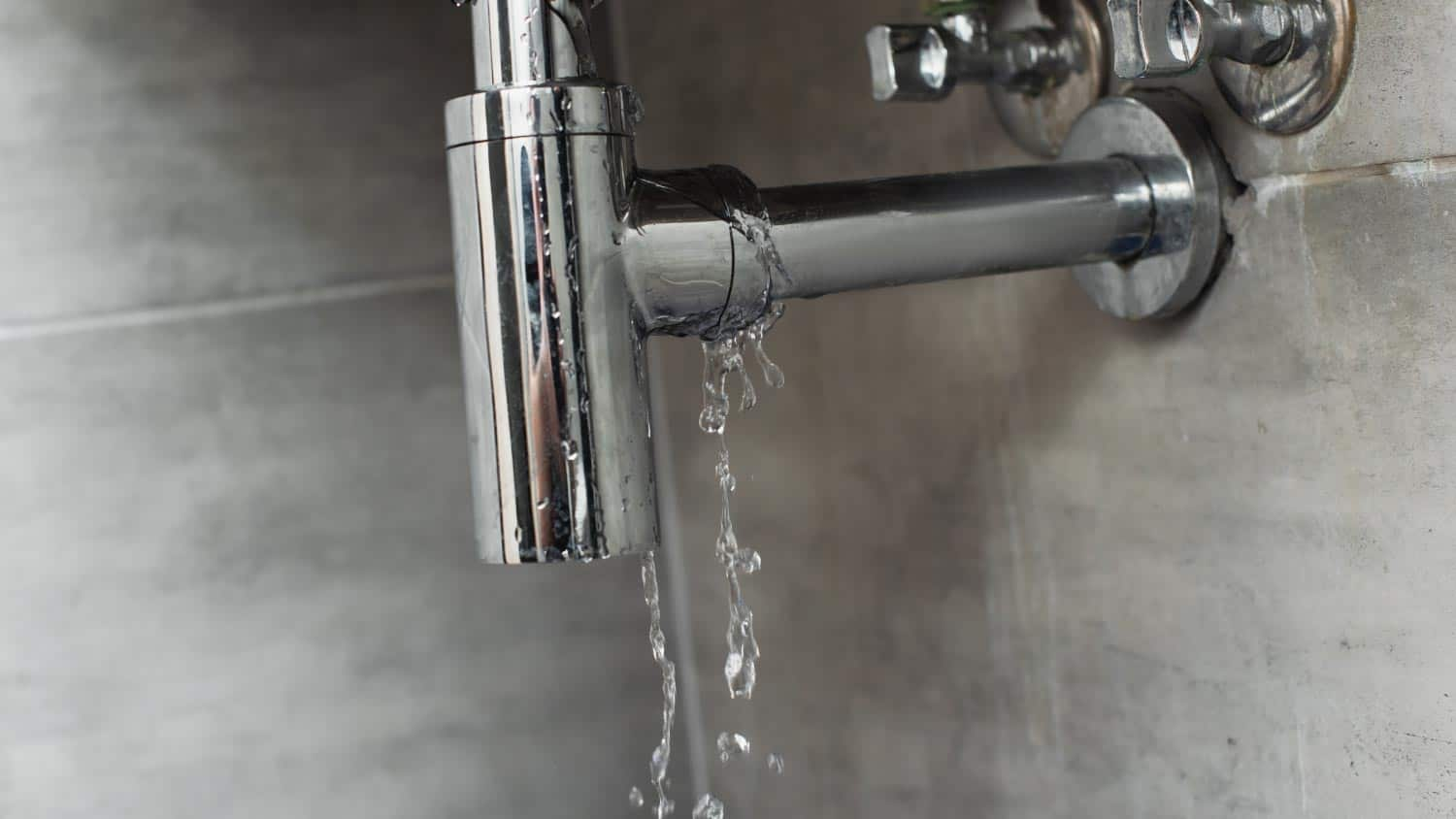Exactly how to Inspect If Your House Has a Concealed Leak
Exactly how to Inspect If Your House Has a Concealed Leak
Blog Article
Nearly everybody is bound to have their own unique assumption when it comes to Hacks to detect leaks.

Early discovery of dripping water lines can mitigate a prospective disaster. Aside from conserving you money, it will reduce the aggravation and irritation. The moment you find a leakage, calling your plumber for repair services is the most effective service. However, some little water leaks may not show up. Here are some hacks that aid if you can not discover it with your nude eyes.
1. Examine the Water Meter
Inspecting it is a surefire method that helps you find leakages. If it moves, that suggests a fast-moving leakage. This indicates you may have a slow-moving leak that can even be underground.
2. Inspect Water Intake
Examine your water expenses as well as track your water usage. As the one paying it, you should discover if there are any discrepancies. If you find sudden changes, in spite of your intake being the same, it implies that you have leakages in your plumbing system. Bear in mind, your water costs must fall under the same array monthly. A sudden spike in your expense indicates a fast-moving leak.
On the other hand, a steady boost each month, despite the same behaviors, shows you have a slow leakage that's also gradually escalating. Call a plumber to completely inspect your property, specifically if you really feel a cozy location on your flooring with piping beneath.
3. Do a Food Coloring Test
When it comes to water intake, 30% comes from bathrooms. If the color in some way infiltrates your bowl during that time without flushing, there's a leakage between the tank and bowl.
4. Asses Outside Lines
Do not neglect to check your outside water lines too. Needs to water leak out of the link, you have a loosened rubber gasket. One tiny leak can waste heaps of water as well as surge your water costs.
5. Assess the scenario and also check
House owners should make it a habit to inspect under the sink counters and also even inside cabinets for any kind of bad odor or mold growth. These two warnings indicate a leak so prompt interest is needed. Doing regular assessments, also bi-annually, can conserve you from a significant issue.
Extra significantly, if you recognize your home is currently old, keep a watchful eye on your heaters, hose pipes, pipes and so on. Check for discolorations and deteriorating as the majority of pipes and also appliances have a life expectancy. They will likewise normally deteriorate because of tear and also put on. If you believe leaking water lines in your plumbing system, don't await it to escalate. Call an expert plumber right away so you don't end up with an awful mess in your home.
Early detection of dripping water lines can minimize a possible calamity. Some small water leaks might not be visible. Checking it is a proven method that helps you uncover leaks. One tiny leakage can throw away bunches of water as well as increase your water bill.
If you presume leaking water lines in your plumbing system, don't wait for it to rise.
WARNING SIGNS OF WATER LEAKAGE BEHIND THE WALL
PERSISTENT MUSTY ODORS
As water slowly drips from a leaky pipe inside the wall, flooring and sheetrock stay damp and develop an odor similar to wet cardboard. It generates a musty smell that can help you find hidden leaks.
MOLD IN UNUSUAL AREAS
Mold usually grows in wet areas like kitchens, baths and laundry rooms. If you spot the stuff on walls or baseboards in other rooms of the house, it’s a good indicator of undetected water leaks.
STAINS THAT GROW
When mold thrives around a leaky pipe, it sometimes takes hold on the inside surface of the affected wall. A growing stain on otherwise clean sheetrock is often your sign of a hidden plumbing problem.
PEELING OR BUBBLING WALLPAPER / PAINT
This clue is easy to miss in rooms that don’t get much use. When you see wallpaper separating along seams or paint bubbling or flaking off the wall, blame sheetrock that stays wet because of an undetected leak.
BUCKLED CEILINGS AND STAINED FLOORS
If ceilings or floors in bathrooms, kitchens or laundry areas develop structural problems, don’t rule out constant damp inside the walls. Wet sheetrock can affect adjacent framing, flooring and ceilings.
https://www.servicemasterbyzaba.com/blog/how-to-detect-water-leakage-in-walls/

I'm certainly very drawn to Detecting hidden plumbing leaks and I am hoping you liked the entry. I beg you take a moment to share this blog entry if you liked it. Thank you for going through it.
Report this page